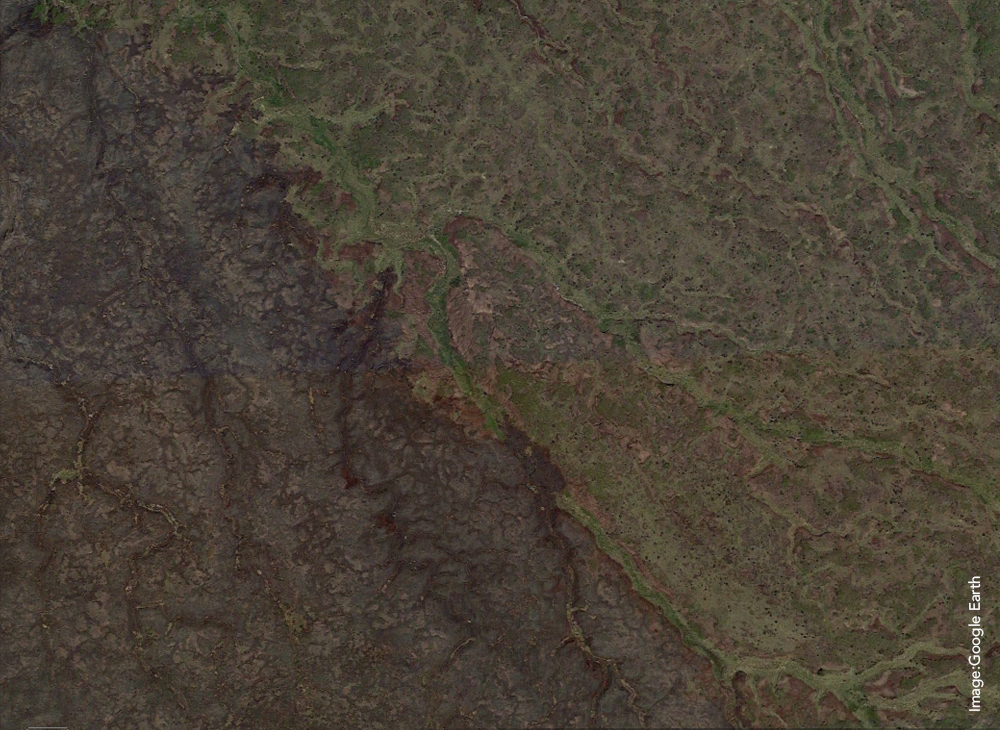In the face of climate change and rising temperatures, the threat of wildfires looms large over our moorlands and upland habitats. It’s crucial that we recognize the importance of restoring and re-wetting these ecosystems to mitigate the risk of devastating wildfires.
Many of these wildfires are, unfortunately, the result of carelessness. Simple acts like discarding a cigarette or leaving a shard of glass to focus the sun’s rays can ignite catastrophic blazes. Portable barbecues and campfires, when placed on tinder-dry shrubs and degraded peat, become potential fire hazards of dire proportions.
Wildfires, with their rapid spread, consume everything in their path, including dry heather, bracken, bilberry, and trees, causing immense harm, particularly during the breeding season for ground-nesting birds.
Emerging evidence underscores the importance of healthier, more diverse ecosystems. These ecosystems, with varied vegetation, wetland habitats, and robust water-retaining soils, display greater resilience against extreme weather events, such as wildfires.
The severity of wildfires is often amplified in our damaged peatlands and moorlands, which dominate our uplands. These areas have been extensively drained to facilitate intensive practices, rendering them susceptible to fires. In fact, the tinder-dry peat deep within the soil can act as a fuel source, causing flames to reignite even after being extinguished at the surface.
Efforts of monumental scale are underway to restore upland landscapes to a healthier, wetter, and more resilient state. A key element of this restoration is the re-wetting of peatlands, which significantly reduces the likelihood of fires taking hold. When fires do occur, they are contained by the presence of restored wet bog, acting as a natural firebreak.
An example of this occurred on Saddleworth Moor in 2018 when a major wildfire raged through an intensively managed moorland, requiring weeks of firefighting efforts. The situation was significantly improved when the fire attempted to spread to a neighbouring conservation moor with recently restored peatland. The flames were halted in their tracks by the wet blanket bog, facilitating the fire’s containment.

The message is clear: ‘Wetter is better.’ The restoration of dried-out and damaged peatlands is paramount to make them wetter, more resilient, and reduce the risk of wildfires. By embracing these practices, we not only protect and enhance these landscapes but also strengthen our ability to combat wildfires effectively.